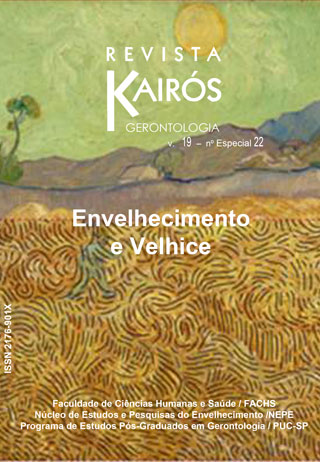Medications and chronic diseases in diabetic and/or hypertensive elderly practitioners of physical exercises
DOI:
https://doi.org/10.23925/2176-901X.2016v19iEspecial22p387-401Keywords:
Elderly, Exercise, Chronic disease, Use of medications.Abstract
The objective was to analyze the incidence of chronic noncommunicable diseases (NCDs) and the use of drugs in hypertensive elderly and / or diabetic patients with regular physical exercise. As a method, the cross-sectional epidemiological and cross-sectional study of NCDs and drug use in individuals 60 years of age and older, regular exercise and diagnosed with Systemic Hypertension (HBV) and / or Diabetes Mellitus (DM) . A total of 223 elderly people were evaluated, being 14.8% (n = 33) males and 85.2% (n = 190) females. The mean age was 69.8 ± 6.9 years. In relation to the weekly frequency of the exercises, it was observed that 57.8% practiced them 1 to 2 times a week; 33.6%, from 3 to 4 times; and 8.5%, from 5 to 7 times a week. Regarding drug use, 142 types were reported, among them antihypertensives, lipid-lowering drugs, antidepressants, cerebral psychotropics, hypoglycemic agents and suppressors of bone absorption. Among the DNCTs investigated, DM, SAH, dyslipidemias and hypothyroidism were the most prominent. The correlation between exercise time and drug numbers showed a strong statistical correlation (r = 0.0848), whereas for NCDs, this correlation was moderate (r = 0.0593). It was concluded that, with aging, there is an increase in the prevalence of CNCD, a decrease in the practice of physical exercise, and an increase in the consumption of drugs. It was demonstrated a greater female adherence in the practice of physical exercise, but the greater the age, the lower the adhesion. and the elderly practicing physical exercise for a longer time consumed fewer drugs and had less CNCD.


